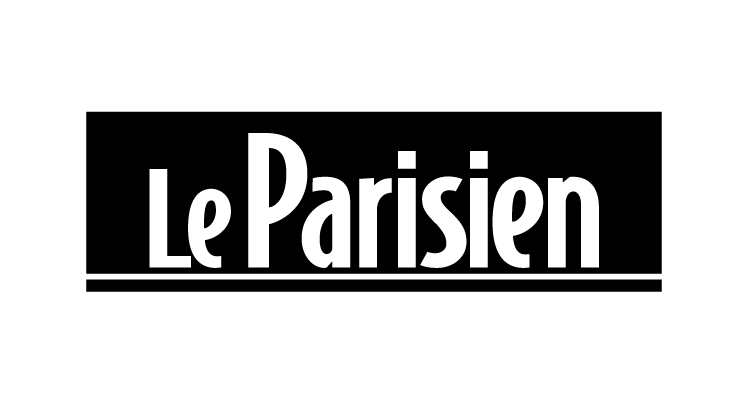Shop art print and framed art Judith and Holofernes by Caravaggio
Customise
Your art print
Judith and Holofernes OF Caravaggio
Judith and Holofernes
Caravaggio's brutal masterpiece: Judith and Holofernes
Caravaggio, a revolutionary artist of the late 16th century, painted numerous canvases that marked art history with their raw realism and dramatic use of light. Among these works, Judith and Holofernes stands out for its explicit violence and emotional power. Kept at the National Gallery of Ancient Art in Rome, this 145 x 195 cm painting plunges the viewer into the heart of a tragic biblical tale, that of Judith beheading the Assyrian general Holofernes.
A tumultuous context: the birth of Caravaggio's masterpiece Judith and Holofernes
Painted around 1598, Judith and Holofernes took place during a period of profound religious and political change in Italy. The Catholic Counter-Reformation was in full swing, and art was being used as a propaganda tool to reinforce religious values. Caravaggio, known for his rebellious temperament and run-ins with the law, found in this biblical tale a means of expressing his own vision of the world, marked by violence and the struggle for survival. The work is said to have been commissioned by banker Ottavio Costa, an art collector with a passion for dramatic subjects and crude scenes. Caravaggio, in search of recognition and prestigious commissions, seized this opportunity to demonstrate his talent and daring.
Judith and Holofernes: Striking realism
Caravaggio plunges us into the heart of the action with striking realism. The dark, neutral background highlights the main figures, lit by a harsh light that accentuates the drama of the scene. Judith, a young woman of cold, determined beauty, decapitates Holofernes, while the Assyrian general, naked and powerless, offers a striking contrast between brute strength and vulnerability. The old maid, Judith's accomplice, waits with a sack to collect Holofernes' head. Their faces, marked by tension, testify to the brutality of the act. Caravaggio uses rich, contrasting colors, with deep reds for the blood and drapery, and bright whites for Judith's skin and the sheets.
Judith and Holofernes: the heroine and the tyrant
In the center of the painting, Judith is depicted with a strength and determination unusual for a woman of the period. Her steady gaze and precise gesture convey her unshakeable will. She embodies the strength of an oppressed people rising up against tyranny. As for Holofernes, he is depicted as a defeated man, his massive body slumped over. His expression of terror and surprise contrasts with Judith's resolute attitude. Caravaggio plays on the contrasts between youth and old age, beauty and ugliness, strength and weakness to accentuate the drama of the situation.
A controversial legacy: the impact of Judith and Holofernes
Judith and Holofernes provoked contrasting reactions when it was rediscovered in the 20th century. Some were shocked by the scene's explicit violence, while others admired the painting's technical mastery and emotional intensity. This work contributed to Caravaggio's current renown, but also reinforced his reputation as a provocative artist. Caravaggio's raw realism and dramatic use of light were a real influence for many artists of Baroque painting and the golden age of Dutch painting such as Rembrandt and Rubens. Judith and Holofernes remains today one of Caravaggio's most celebrated works, a powerful testament to his genius and ability to transcend convention.
This artwork is a painting from the classical period. It belongs to the baroque style.
« Judith and Holofernes » is kept at Palazzo Barberini - National Gallery of Ancient Art Rome, Italy.
Find the full description of Judith and Holofernes by Caravaggio on Wikipedia.



































